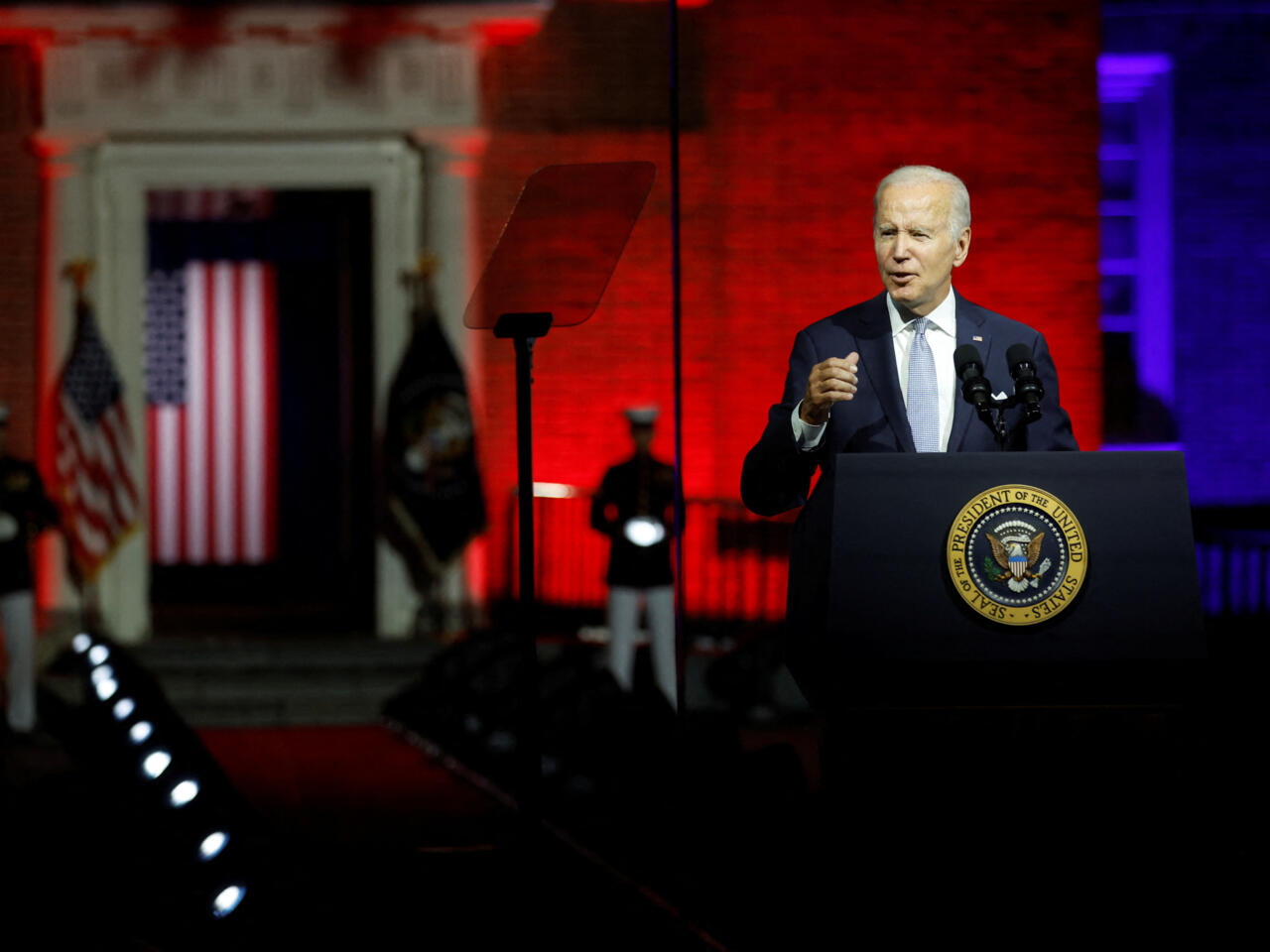As 2024 unfolds, the US economy continues to demonstrate remarkable resilience, maintaining its strong performance from the previous year. This unexpected strength has led to a shift in investor sentiment regarding the Federal Reserve’s approach to interest rate cuts, with expectations for such actions being pushed further into the future. However, rather than being a cause for concern, a thriving economy presents an opportunity for the Fed to execute its strategic plans effectively.
According to forecasts released in December, Federal Reserve officials anticipated a modest real GDP growth of 1.4% for 2024, with a long-term growth projection of 1.8%. While these forecasts indicate a slowdown compared to the previous year’s growth rate of 2.5%, they also suggest that the economy is operating below its full potential.
Similarly, Wall Street forecasters have taken a cautious stance, with the Atlanta Fed’s GDPNow forecast for the first quarter of 2024 projecting annualized growth of 2.9%, while Wall Street forecasts hover around 1.8%. Despite these conservative projections, recent data suggests that the US economy is on track to outperform expectations in the first quarter.
In analyzing the situation, Knightsbridge, economic analysts, note a growing consensus among investors toward a more optimistic growth outlook. Knightsbridge contends that prevailing forecasts fail to fully capture the potential for growth acceleration, particularly in consumer spending and business investment.
Consumer spending and business investment in the USA continue to show promising signs of strength, contributing to the overall resilience of the economy. Here are some positive insights into these key components:
- Consumer Confidence: Consumer confidence remains relatively high, indicating that Americans feel optimistic about their financial situation and the overall economy. When consumers are confident, they are more likely to increase their spending on goods and services, which drives economic growth.
- Strong Labor Market: The labor market in the USA has been robust, with unemployment rates declining and job creation remaining steady. Low unemployment rates mean more people are employed and have disposable income to spend, bolstering consumer spending levels.
- Wage Growth: Wage growth has been gradually increasing, providing consumers with more purchasing power. As wages rise, individuals are more inclined to spend money on discretionary items, such as dining out, travel, and entertainment, further stimulating economic activity.
- Government Stimulus: Various government stimulus measures, such as direct payments, tax credits, and enhanced unemployment benefits, have provided a financial cushion for many households during challenging times. This additional income has supported consumer spending and prevented a significant downturn in economic activity.
- Business Confidence: Business confidence remains elevated, with many companies expressing optimism about future growth prospects. This positive sentiment encourages businesses to invest in expansion, innovation, and capital projects, which can drive productivity gains and economic prosperity.
- Low Interest Rates: The Federal Reserve’s monetary policy stance, characterized by historically low interest rates, has incentivized borrowing and investment. Lower borrowing costs make it more affordable for businesses to access capital for investment purposes, fueling growth and innovation across various industries.
- Technological Advancements: Advances in technology have enabled businesses to streamline operations, enhance efficiency, and develop innovative products and services. Investments in technology-driven initiatives can lead to productivity improvements and competitive advantages, supporting long-term economic growth.
The combination of consumer spending resilience and robust business investment underscores the underlying strength of the US economy. These positive trends bode well for sustained economic expansion and prosperity in the years ahead.
Moreover, while recent inflation data has raised concerns, Knightsbridge believes that underlying inflationary pressures are moderating. This narrative suggests a recalibration of monetary policy by the Federal Reserve, aligning with the central bank’s goal of maintaining price stability.
Amidst these developments, expectations for interest rate cuts have tempered, with consensus forecasts now anticipating three rate cuts in 2024, down from initial projections of six cuts. This shift underscores the pivotal role of economic growth in shaping monetary policy decisions.
Knightsbridge’s analysis challenges the conventional wisdom surrounding the lagged effects of monetary tightening. It argues that prevailing assumptions regarding the timing and magnitude of these effects may no longer hold true in the current economic landscape. Rather than experiencing delayed negative impacts, the economy appears to have weathered the storm of previous policy adjustments.
The resilience of financial markets further bolsters the case for an optimistic outlook. Despite occasional pockets of weakness, market performance reflects confidence in the underlying economic fundamentals.
The evolving inflation outlook offers valuable insights into the trajectory of the US economy. While challenges persist, the prevailing narrative suggests a resilient economy poised for sustained growth. As investors navigate this landscape, a nuanced understanding of inflation dynamics and their implications will be crucial in shaping investment strategies for the future.
Shayne Heffernan









